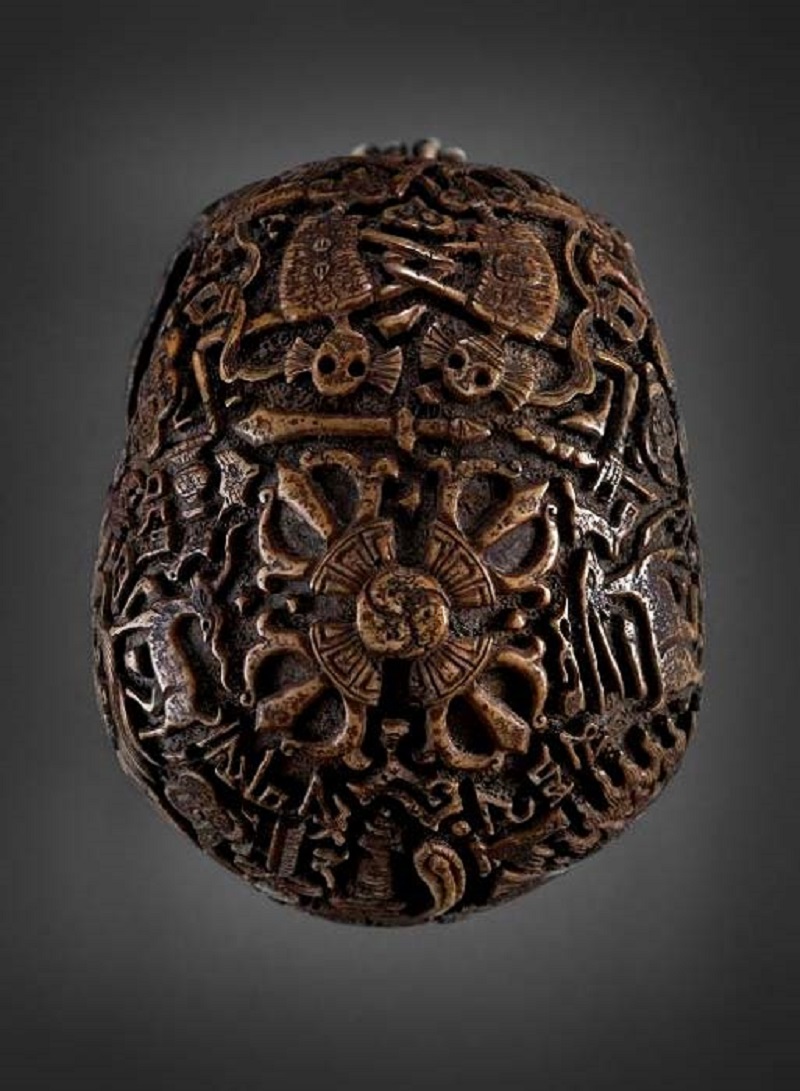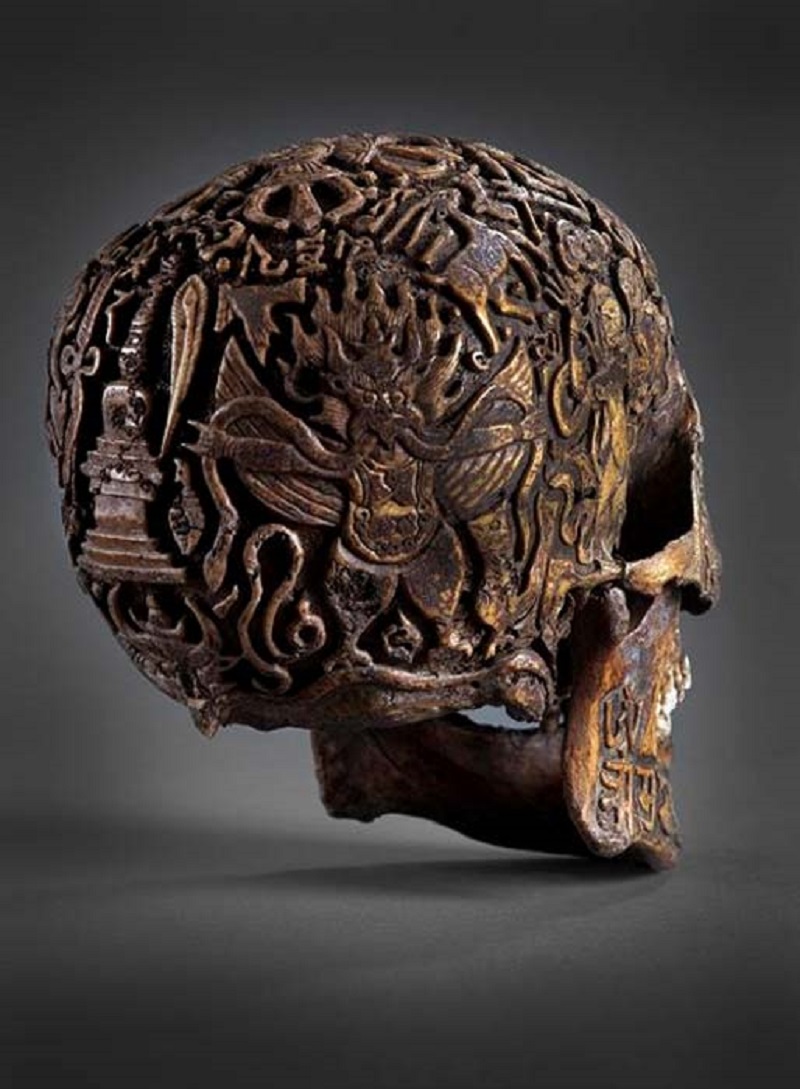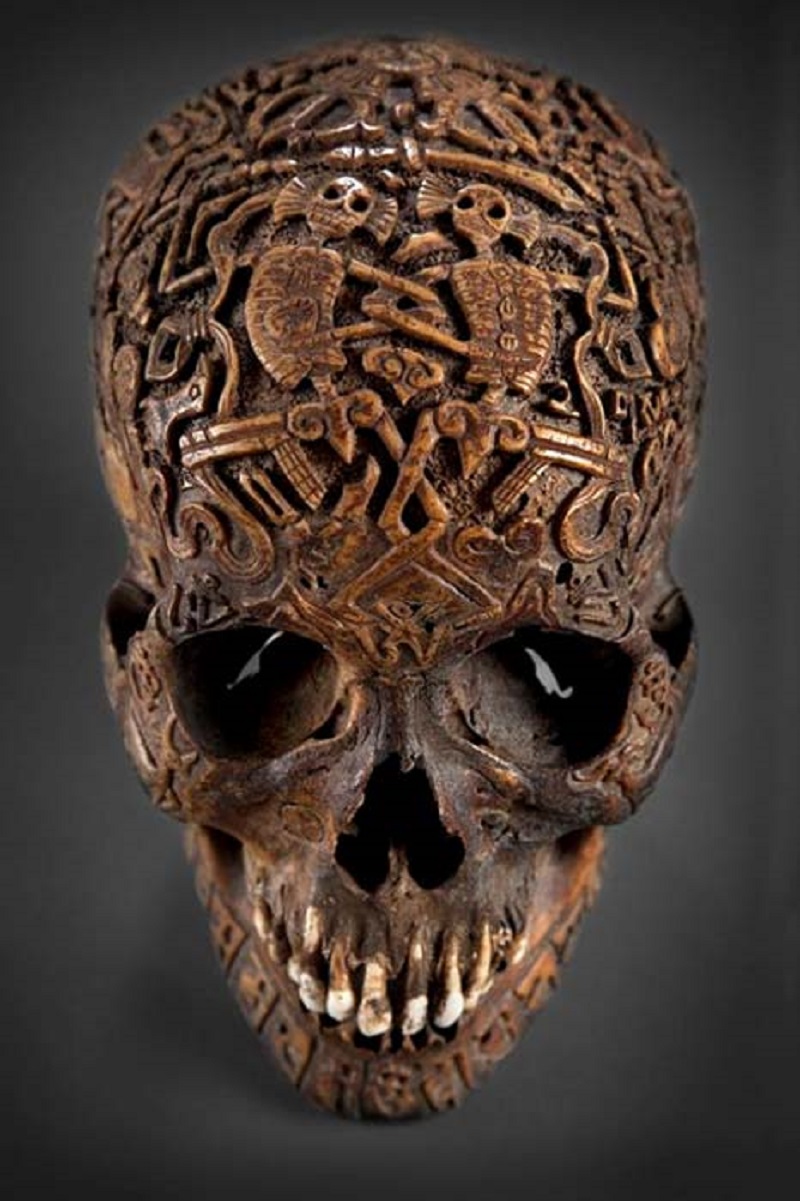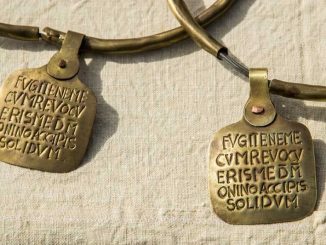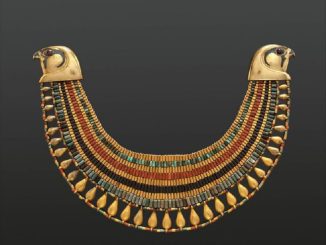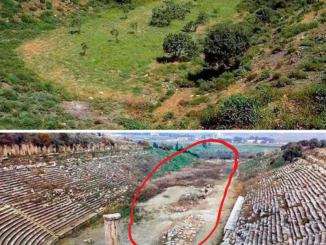Experts from multiple institutions are examining an intricately carved skull discovered in an antiques shop in Vienna in 2011. The skull, believed to be 300 years old, was completely covered in the drawings and symbols seem to have some religious significance. However, no one has been able to determine what that meaning is, let alone who carved the skull, or the identity of the person who owned this skull.
Detailed information about the owner of the carved skull
The shop owner said that the skull was sold to him by a man who said it belonged to one of his ancestors, a medical doctor who had traveled extensively throughout Asia. Once, he was able to provide medical assistance to an abbot in a Buddhist monastery in Tibet. In gratitude for his service, the abbot gave the doctor several relics, including a skull.

A small monastery in Tibet. (Antoine Taveneaux/ CC BY SA 3.0 ) It is said that an abbot in a Buddhist monastery gave a doctor a carved skull for medical aid.
In August 2011, the skull’s new owner posted photos of it on the ‘Asian Art’ website forum. He wrote:
“I bought this skull in March 2011 from an antique store in Vienna, Austria. Introduced it to several experts and institutions, such as the Institute for Buddhist and Tibetan Studies in Vienna, the Vienna Museum of Natural History and the Völkerkunde Museum. The Tibetan letters and most of the symbols have been deciphered, but no one has ever heard of such a skull. Except for one Tibetan Khenpo (Professor-Monk) who says such skulls were carved long ago to remove a curse from a family or to guide the soul of a lost human on the right path.” (Klemens, 2011)
Letters and images were engraved on the skull
Further information about the practices alluded to by the Professor-Monk is extremely limited. The inscriptions on the jaw of the skull may be Devanagari script which reads “Om, Ma, Sa, Ma, Ta, Sa, Om, Da, Ma, Ta”. Others suggest that the script is an example of an ancient script called lant’sa or the ranja script of 7th century India. Without knowing for sure the origin of the skull, it may be impossible to translate get the letters.
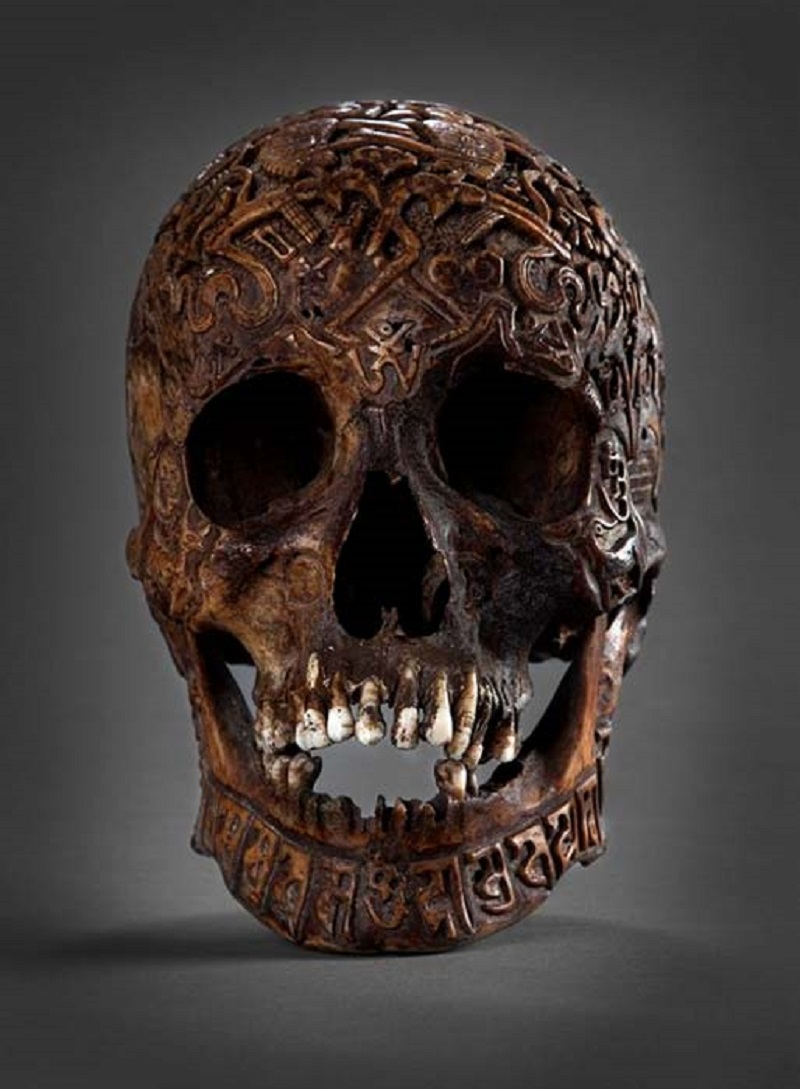
The front of the skull is carved. ( Klemens )
Images carved into the skull provide further insight. The two prominent figures on the top of the skull are Citipati, a protective deity in some Buddhist traditions. Typically, one is male and one is female, but that cannot necessarily be distinguished from this skull. Citipati is the lord of the underworld and is traditionally depicted dancing madly, the eternal dance of death.
Klemens, later writing in the same Asian Art Forum, commented with some new information he had gathered from one of the experts to whom he had written: “I understand that they are depicted described in the “bow and arrow” position, which refers to the highest level of external tantra” (Klemens, 2011).
Top view of the carved skull showing Citipati. ( Klemens )
Another figure, a bird-like creature on the side of the skull, is believed to be Garuda, a deity in Hindu and Buddhist traditions. Garuda is often depicted as part human, part eagle. He is the sworn enemy of the Nagas, a race of demonic snakes. Like an eagle, Garuda swooped down and grabbed the Nagas with his talons. On the skull there are several zigzag lines that could be snake-demon and there is definitely a line in the fangs of the bird-like creature on the side of the skull.
Garuda on carved skull. ( Klemens )
On the opposite side is a statue of Vajrapani, an ancient protector said to have worked with Gautama Buddha. Vajrapani is actually part of the trinity, the other two are not believed to be present here. The first is Avalokiteshvara, who represents the infinite compassion of all Buddhas, and the second is Manjushri, who represents the infinite wisdom of all Buddhas. Vajrapani represents the infinite power of the Buddhas. There is also a female character who has yet to be identified.
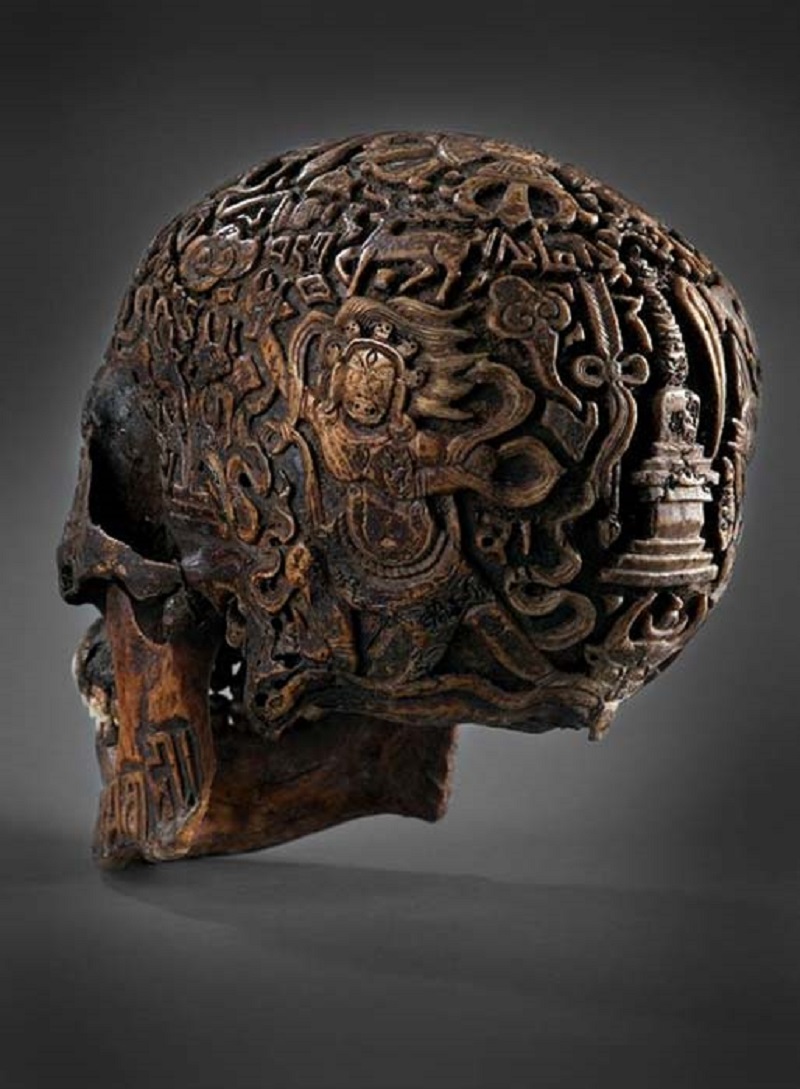
A Vajrapani image on the skull is carved. ( Klemens )
Finally, the space between these figures is filled with Om symbols and animals that can be goats, snakes, squirrels, elephant heads and birds. Each of these may have a unique meaning or they may have several common meanings.
The carved skull is a rare artifact
As one can see, very little is known about this skull. Unfortunately, its private ownership has limited the research capabilities of experts and scholars. Although carved skulls are not uncommon, they are extremely rare. And something created with such a level of skill and religious significance is certainly a treasure.
The front of the skull is mysteriously carved. ( Klemens )
Top image: Side and front views of the mysteriously carved skull. Source: Klemens
